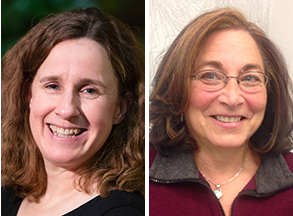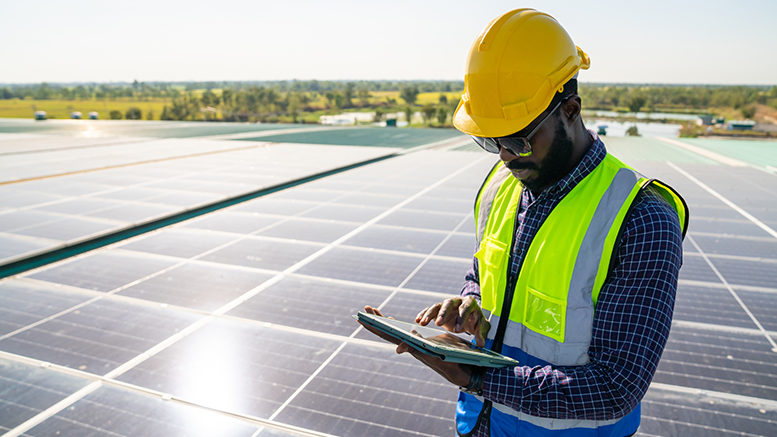Supply challenges with traditional energy sources, climate change and new federal laws to improve the nation’s infrastructure have thrust clean energy into the spotlight again. But it’s not only about production. It’s also about developing skilled workers for those jobs. That’s where the National Clean Energy Workforce Alliance comes in.

We spoke with Laure-Jeanne Davignon and Debra Rowe about the newly formed Alliance, the budding clean energy sector and its challenges, particularly in developing a diverse workforce. Davignon is vice president of workforce at the Interstate Renewable Energy Council (IREC), where she has served in various capacities since 2010. Rowe is director of the Sustainability Education and Economic Development Center at the National Council for Workforce Education (NCWE). She is also president of the U.S. Partnership for Education for Sustainable Development and has served as a faculty member at Oakland Community College in Michigan for more than 40 years.
Register for the National Clean Energy Workforce Alliance’s virtual summit on May 25 and June 8 which will examine barriers and potential solutions to expanding workforce development in the clean energy sector.
* * *
The National Clean Energy Workforce Alliance, which was recently created, aims to improve clean energy education, training and job placement outcomes, with a focus on expanding job opportunities for diverse candidates and underserved communities. How did the Alliance form?
IREC and NCWE [editor’s note: NCWE is an affiliate council of the American Association of Community Colleges] were both hearing about challenges in building a diverse green workforce from individual partners and saw a need to convene a broader group to discuss shared challenges and solutions. We did not see any other groups out there convening workforce discussions that cut across sectors (all of clean energy vs. solar). With support from the Bank of America and a lot of outreach to existing and new colleagues and partners, the Alliance was launched in late 2021. The Alliance also built upon the National Roundtable on the Workforce for a Green and Inclusive Economy, convened by NCWE and its resulting report.
What are some of the challenges to ensuring underserved communities have access to green jobs?
We have a longer list, but this includes business development, especially for BIPOC and women-owned businesses to build the clean energy economy, plus wraparound services to support success for learners and workers (e.g. childcare, transportation, emergency services). There are also challenges with ensuring workplace cultures and hiring practices are inviting to diverse and underserved populations.
Are the green jobs there? It seems like the spotlight shines on the green energy sector when there is an energy crisis, but it subsides when the immediate concerns cool.
Both the U.S. Energy Employment & Jobs Report and IREC’s own Solar Jobs Census support continued and robust growth across clean energy sectors. This is in addition to bold federal and state initiatives focused on clean energy and decarbonization. For instance, the clean energy workforce will need to double in size to reach federal clean energy goals by 2030 designed to try to stabilize the climate.
What are employers in the sector doing differently than a decade ago? What are they looking for in employees and where are they looking for them?
Employers now know the clean energy transition is strong and continuously growing. They are investing in clean energy products and services for their long-term plan as suppliers, manufacturers, wholesalers and retailers. Employers are looking for employees in multiple places, from community-based organizations and traditional job boards, to community colleges and other education organizations, including nonprofits. They are looking for a variety of levels of jobs, including technicians, sales and marketing, designers, project managers, logistics, procurement, policy, community and government staff, etc.

